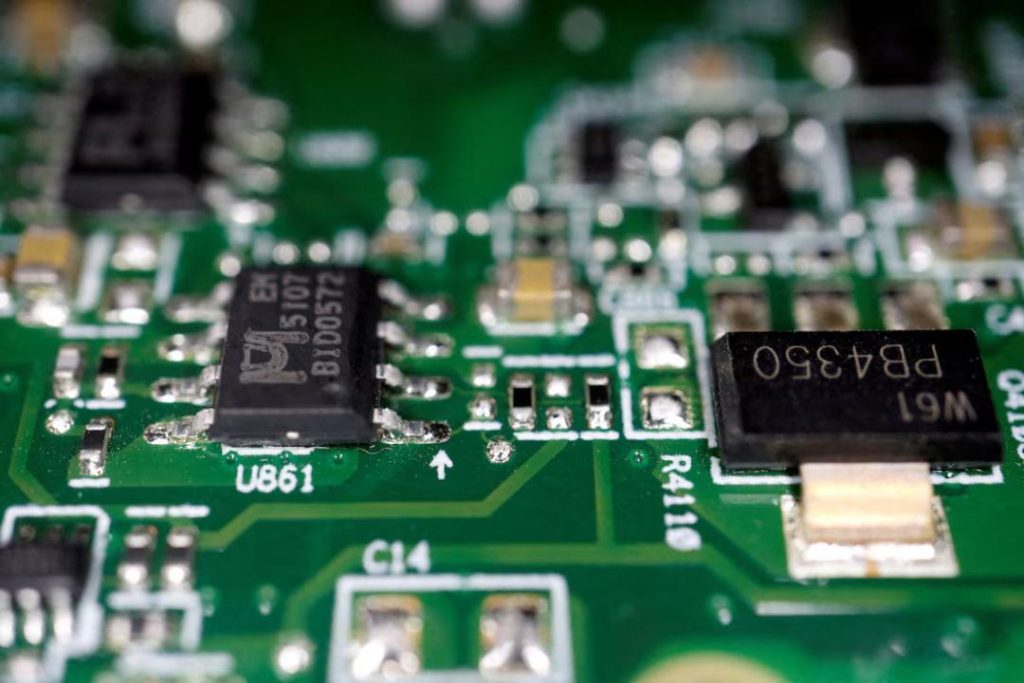
India May Cap Chinese Investment in Electronics JVs at 10%: Report
In a move aimed at safeguarding the country’s electronics sector, the Indian government is reportedly considering capping Chinese investment in domestic electronics joint ventures (JVs) at 10%. Furthermore, this cap will only be applicable if the Chinese companies agree to transfer technology to their Indian partners. According to a recent report by the Economic Times, the priority will be given to supply chain companies from China rather than brands.
This development comes at a time when Chinese companies are increasingly showing interest in investing in India amid the ongoing trade war with the US. The reported move is seen as a cautious step by the Indian government to ensure that the country’s electronics sector remains competitive and does not become overly dependent on Chinese investments.
The Indian electronics industry has been growing rapidly in recent years, driven by rising demand for consumer electronics, smartphones, and other digital devices. The sector is expected to continue growing, with estimates suggesting that it will reach a value of over $400 billion by 2025. However, the sector’s growth is not without challenges, and the Indian government is looking to implement policies that will promote domestic manufacturing and reduce dependence on imports.
One of the key concerns for the Indian government is the risk of Chinese companies acquiring stakes in Indian electronics companies and using their market dominance to stifle competition. By capping Chinese investment at 10%, the government aims to prevent this from happening and ensure that Indian companies retain control over their operations.
Another key condition that the Indian government is reportedly imposing is the requirement for Chinese companies to transfer technology to their Indian partners. This is seen as a way to promote domestic innovation and increase the competitiveness of Indian companies. By acquiring technology from Chinese companies, Indian firms will be able to improve their manufacturing capabilities and reduce their dependence on imports.
The priority given to supply chain companies from China rather than brands is also an interesting development. This suggests that the Indian government is looking to promote partnerships between Indian companies and Chinese suppliers rather than allowing Chinese brands to acquire stakes in Indian companies. This approach is seen as a way to promote mutual benefits and increase cooperation between the two countries.
The reported move is also seen as a response to the ongoing trade war between the US and China. The US has been critical of China’s trade practices, including its forced technology transfer policies and intellectual property theft. By capping Chinese investment in Indian electronics JVs at 10% and requiring technology transfer, the Indian government is sending a message that it will not tolerate similar practices.
The Indian electronics industry has welcomed the reported move, with industry associations and companies expressing support for the government’s efforts to promote domestic manufacturing and innovation. The industry has been calling for stricter regulations on foreign investment in the sector, and the reported move is seen as a step in the right direction.
In conclusion, the Indian government’s reported decision to cap Chinese investment in electronics JVs at 10% and tie it to technology transfer is a significant development for the country’s electronics sector. The move is aimed at promoting domestic manufacturing, innovation, and competition, while also ensuring that the country’s electronics sector remains competitive and resilient in the face of global challenges.






